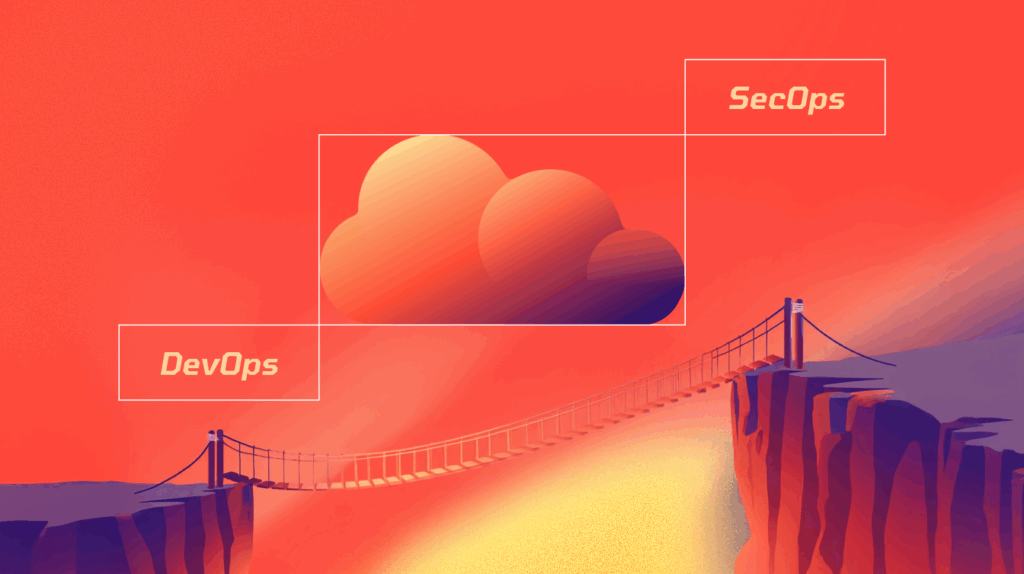Rethinking Least Privilege In The Cloud: The Blast Radius Blind Spot
Least privilege alone can’t reduce blast radius in modern cloud environments. Preventive guardrails enforce limits at the resource level, complementing and strengthening your least privilege strategy.

Least Privilege as Security’s Comfort Blanket
For decades, “enforce the principle of least privilege” has been a default recommendation in security frameworks, audit checklists, and board updates.
The logic is straightforward:
- Give every user, service, and system only the permissions required to do the job
- Remove everything else
- Shrink the attack surface and limit the blast radius if something goes wrong
In traditional on-prem environments, that was hard, but at least the universe of systems and identities was relatively bounded.
In the cloud, this principle meets a very different reality:
- Identities are everywhere: humans, services, workloads, CI/CD pipelines, third-party integrations
- Permissions are highly granular, composable, and easy to over-grant “just for now”
- Environments are dynamic-accounts, projects, and resources are created and destroyed continuously
So while least privilege remains the “right” principle, most organizations discover that it quietly fails in practice-especially in large, multi-cloud environments where everything is an API call away.
Where Does Least Privilege Fail?
Even when teams are committed to least privilege, the compromises they make often happen in exactly the wrong places.
Managing permissions at scale is difficult. Managing the most sensitive permissions-admin roles-is an order of magnitude harder. These are the roles that:
- Are created for good reasons (incident response, migrations, integrations, audits)
- Rarely get downgraded or removed once granted
- Accumulate “just in case” permissions over time
In practice, a typical admin role might use 10% of what it’s allowed to do, yet still retain broad, standing access across environments. At the same time, the number of admins in large organizations can reach into the dozens or hundreds-across business units, time zones, and cloud providers.
On paper, least privilege should absolutely apply to these roles. In reality:
- Business stakeholders push back on restricting admins (“We can’t slow them down”)
- Ownership of admin permissions is distributed and political
- No one wants to be the person who breaks production by revoking the “wrong” permission
Trying to perfectly rightsize permissions for every admin, across every environment, quickly becomes mission impossible. So organizations quietly compromise: they work hard on least privilege for “regular” users and service accounts-but tolerate excessive power where it is most dangerous.
And that brings us to the core blast radius gap.
The Blast Radius Gap : Admins as the True Weak Point
Attackers are not trying to compromise your average user. They are aiming straight for the identities with the most power: your admins.
From an attacker’s perspective, a modern cloud environment is an escalation game:
- Get in through any weak point
- Escalate privileges
- Move laterally toward the highest-value identities and resources
If your environment has a large population of admins with extremely broad permissions, you’ve effectively pre-built the attacker’s ladder for them.
This is the blast radius hole in many least privilege programs:
- The number of admins stays high
- The scope of admin permissions stays wide
- The controls on what those admins can actually do at the resource level remain weak
In many organizations, admins with wide permissions account for the majority of blast radius risk-yet they are treated as the last mile to optimize, not the first.
If you’re serious about least privilege, you cannot start at the edges and leave the core untouched.
A meaningful blast radius reduction program must start with excessive admins, not avoid them:
- Fewer admins with standing, broad access
- Tighter control over what “admin” actually means
- Strong limits on what even a compromised admin can do to critical systems and data
Without that, you can declare victory on least privilege all day long-while your effective blast radius barely moves.
Preventive Guardrails: Limiting Blast Radius from the Resource Side
This is where preventive guardrails come in.
A preventive guardrail is not another layer of identity permission management. It’s a resource- and service-level control that defines what is allowed to happen to critical assets-regardless of how broad an identity’s permissions might be.
Instead of endlessly tuning who can do what, guardrails focus on what the environment itself will tolerate.
Examples include
- Blocking destructive operations on critical logs, security configurations, or identity providers
- Preventing cross-account or cross-region access to sensitive data unless explicit conditions are met
- Enforcing contextual checks (e.g., device posture, network location, risk score) before specific high-risk actions
- Restricting certain powerful operations to just-in-time (JIT) elevation windows, enforced by the guardrail, not by manual process
In practice, preventive guardrails act as brakes. Even if an attacker obtains an admin token with broad permissions, the environment itself refuses to perform certain high-risk actions outside of defined boundaries.
The result: excessive permissions become effectively ineffective for the scenarios that matter most.
Why Preventive Guardrails Make Least Privilege Achievable
Preventive guardrails don’t compete with least privilege-they make it practical.
When you define guardrails that reflect how the organization should operate, you are effectively drawing hard boundaries around what is acceptable:
- Which flows are allowed
- Which actions are always blocked
- Which resources are off-limits or heavily constrained
In doing so, you shrink the effective surface of permissions.
On paper, an identity may still have many rights. In reality, guardrails ensure only a controlled subset of those rights can be exercised in the environment.
That changes the game for least privilege:
- Instead of trying to perfectly optimize every permission on every role, you’re tuning within a much smaller, safer space.
- If some users or admins keep slightly broader access for convenience, their ability to cause real damage is still bounded by organizational limits, not just by good intentions and process.
Least privilege becomes the second step, not the only line of defense:
- Guardrails first: set the non-negotiable boundaries and flows, and dramatically reduce potential blast radius.
- Least privilege next: refine who really needs what inside those boundaries.
The result is the leap most teams expect but rarely achieve with least privilege alone:
blast radius materially drops, even before the permission model is perfect-because the environment itself refuses to let excessive permissions translate into excessive impact.
A Layered, Modern Security Strategy for the Cloud Era
Industry leaders like Gartner emphasize that combining least privilege with just-in-time and just-enough privilege models is critical to managing blast radius risk, as outlined in their 2025 report. These models significantly reduce standing privileges by granting access only when needed and for the minimum time required.
When combined with preventive guardrails, this forms a robust, multi-layer defense that reduces attack surface and limits damage potential across complex cloud environments.
Conclusion
Least privilege is not dead-but it is not enough on its own, and it often fails exactly where blast radius is highest: admin sprawl and powerful automation identities.
To make least privilege real in the cloud, organizations must:
- Stop treating admins as “special cases” and recognize them as the primary blast radius driver
- Accept that perfect permission hygiene is unattainable at scale
- Invest in preventive guardrails that put hard, resource-level limits on what can happen-even when permissions are broader than they should be
A Preemptive Defense strategy that blends least privilege, just-in-time access, and preventive guardrails gives security leaders a pragmatic, cloud-native way forward:
Not chasing theoretical perfection in identity permissions,
but designing the environment so that, when-not if-something goes wrong, the damage stays contained.

